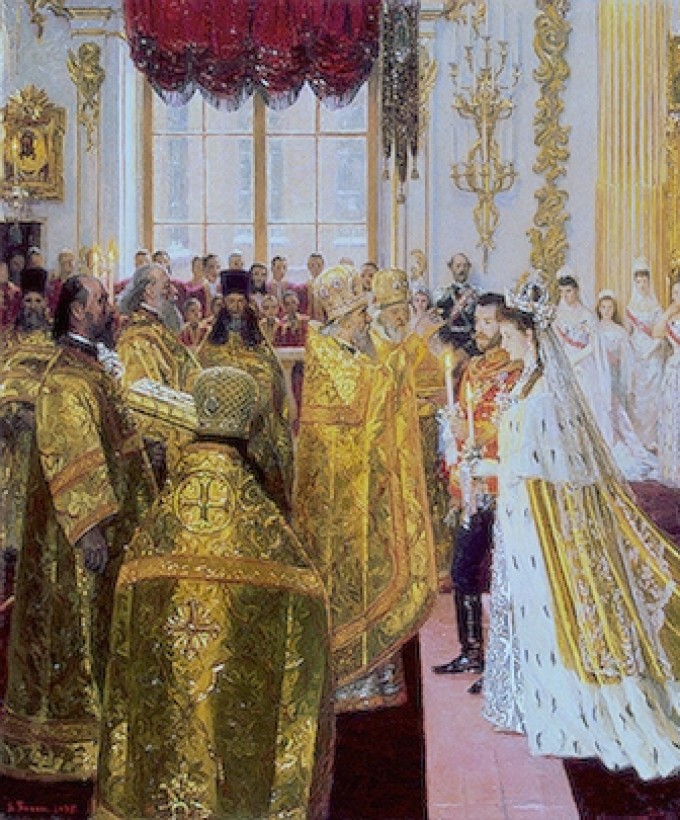
Desire & Longing In Art
1 November 2020 - 30 November 2030
Recorded sessions – 90 minutes each
£59.00 – £499.00

RECORDED sessions online (full details on acceptance of booking)
Description
Look across the centuries at how artists have explored the enduring themes of love, courtship, marriage and sexual desire.
“You have given me a new dimension to appreciating art”
Course Outline
Lecture 1 – It Started With A Kiss
Whether in work by Brancusi, Magritte, Rodin, Klimt, or in Alfred Eisenstaedt’s famous photograph of a sailor on V‐J Day in Times Square, the kiss is a powerful motif in art, but it isn’t always what it appears.
Lecture 2 – Flirting In Paint
Medieval texts, seventeenth century Dutch, French rococo, and even academic paintings such as Adolphe‐William Bouguereau’s The Proposal all explored the rituals of courtship.
Lecture 3 – The Marriage Feast
What do depictions of betrothals and weddings tell us about their respective societies? Through works such as Pieter Brueghel the younger’s Wedding Dance in A Barn, Laurits Tuxen’s A Royal Wedding, and John Lewis Krimmel’s The Country Wedding, discover a range of symbols.
Lecture 4 – Artistic Couples
Explore the dynamics of artist couples such as Frida Kahlo and Diego Rivera; Alfred Stieglitz and Georgia O’Keeffe; Lee Krasner and Jackson Pollock; Camille Claudel and Auguste Rodin; Man Ray and Lee Miller;Robert Rauschenberg and Jasper Johns, and others.
Lecture 5 – Broken Vows ‐ Adultery And Its Consequences
Hogarth’s Marriage a la Mode, the paintings and pastels of Paula Rego (subject of a 2021 retrospective at Tate Britain), the Victorian mistresses depicted by Holman Hunt, Augustus Leopold Egg’s triptych Past and Present, all speculate on the darker side of marriage.
Lecture 6 – Les Grandes Horizontales And Other Fallen Women
In nineteenth century Paris, the top courtesans acquired mythical reputations and celebrity status. Discover how they inspired or commissioned artists, much like their predecessors in other eras.
Lecture 7 – Devouring Females
From Durer’s witches, Aubrey Beardsley’s femmes fatales (on display in an exhibition at Tate Britain in Spring 2020), to contemporary works by Alexis Hunter and others, female sexuality has often been portrayed as a dangerous force.
Lecture 8 -The Male Nude
Is a convincing language of desire for the male nude? Examine masterpieces like Michelangelo’s David, Thomas Eakins’ young men, Caillebotte’s bathers, and others.
Lecture 9 – Great Romances
Fictional lovers like Orpheus and Eurydice, Romeo and Juliet, Lancelot and Guinevere, Tristan and Isolde have all been represented in artworks which reveal as much about the artist’s era as the original story.
Lecture 10 – The Exotic ‘Other’
Whether in the harems of Ingres, Delacroix or Gérome, in Gauguin’s Tahiti women, or Mapplethorpe’s nudes, the black body has been made the subject of Western artists’ fantasies.